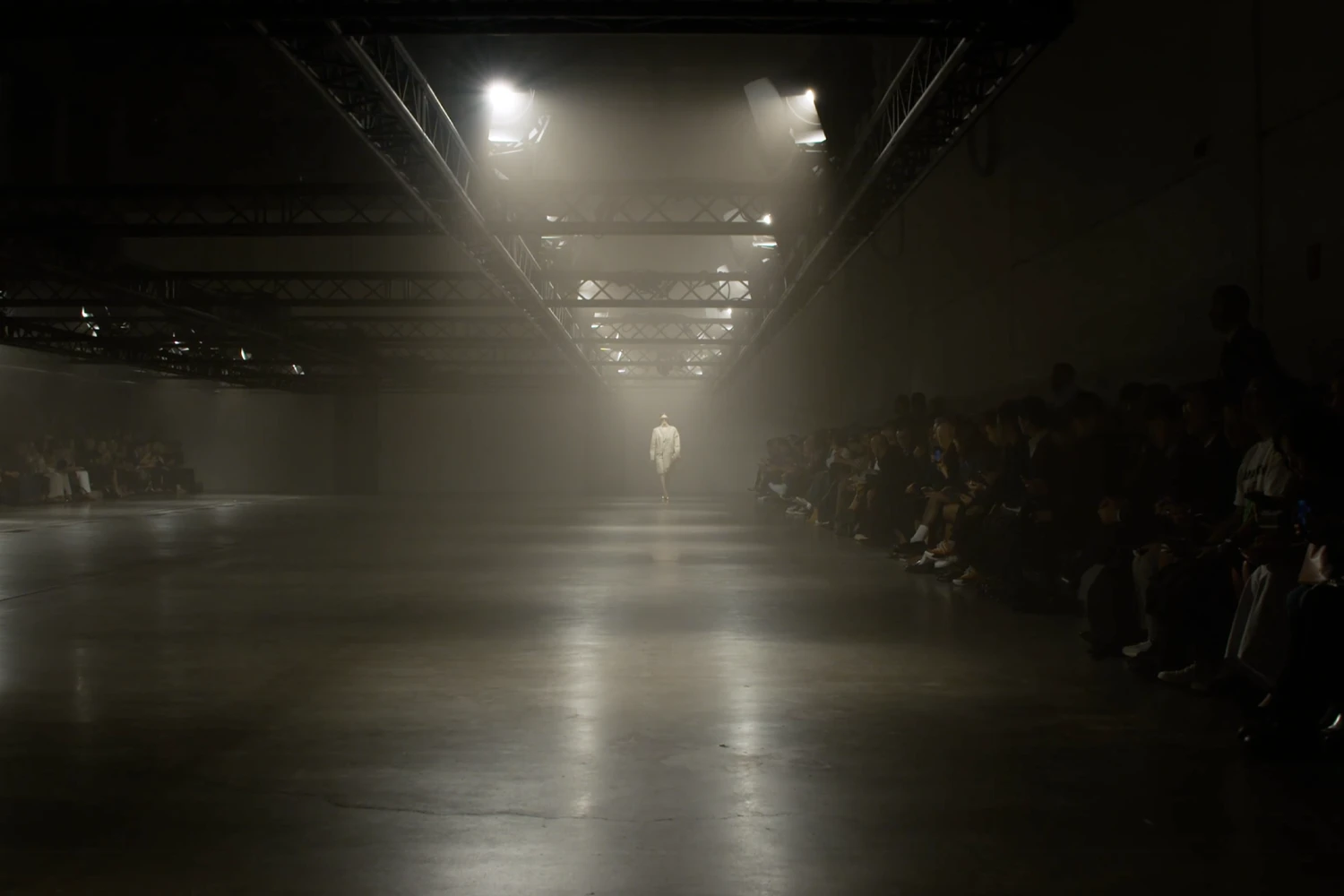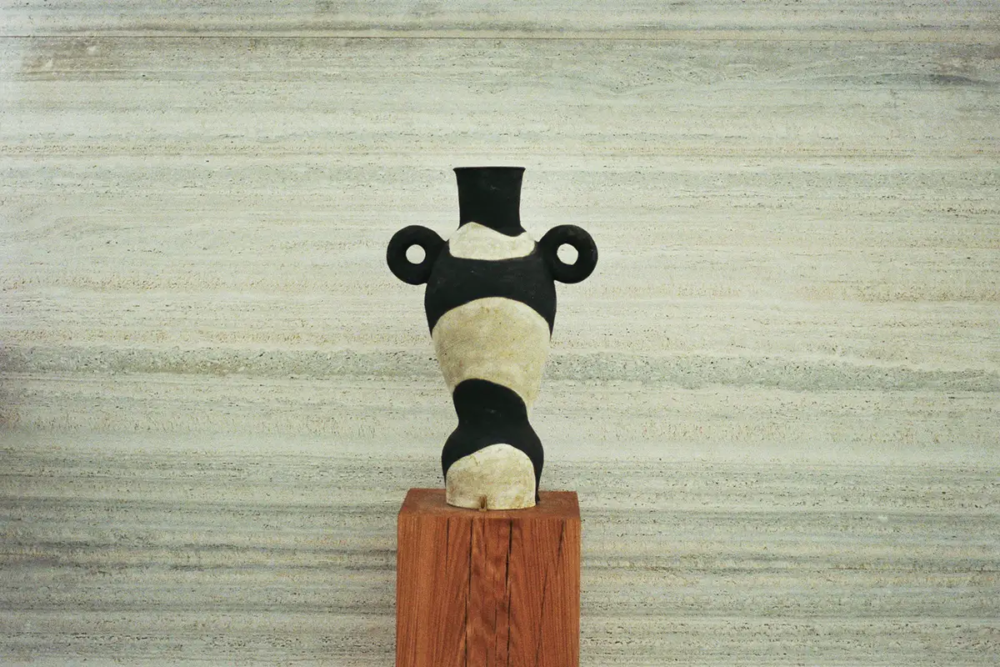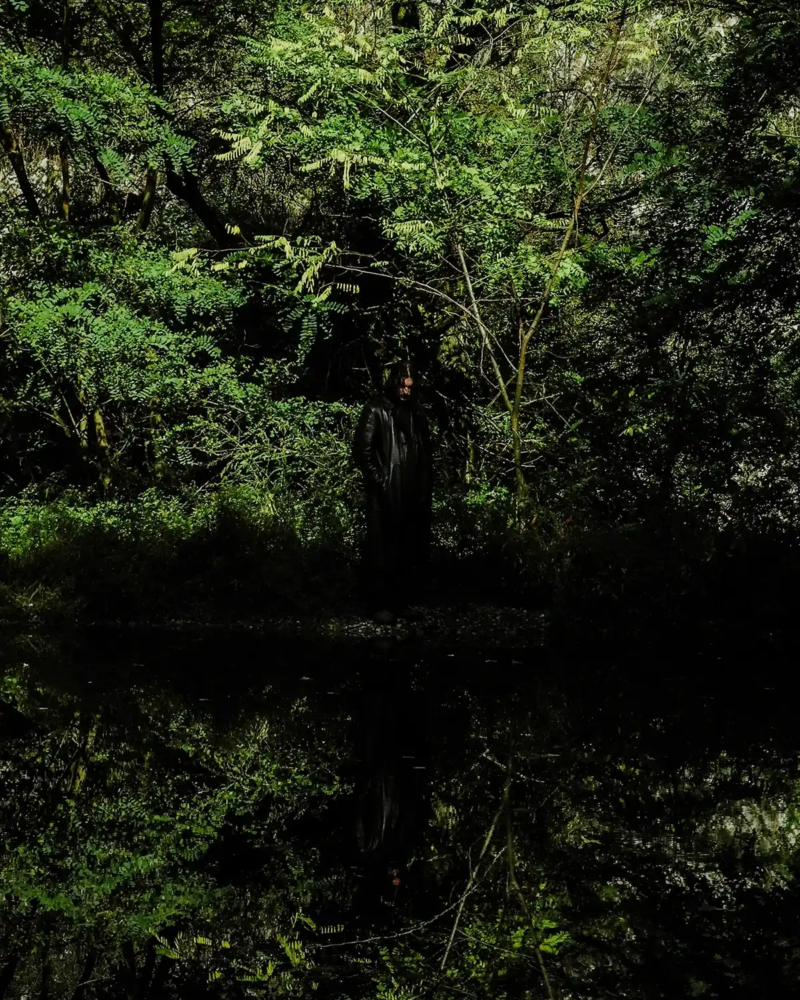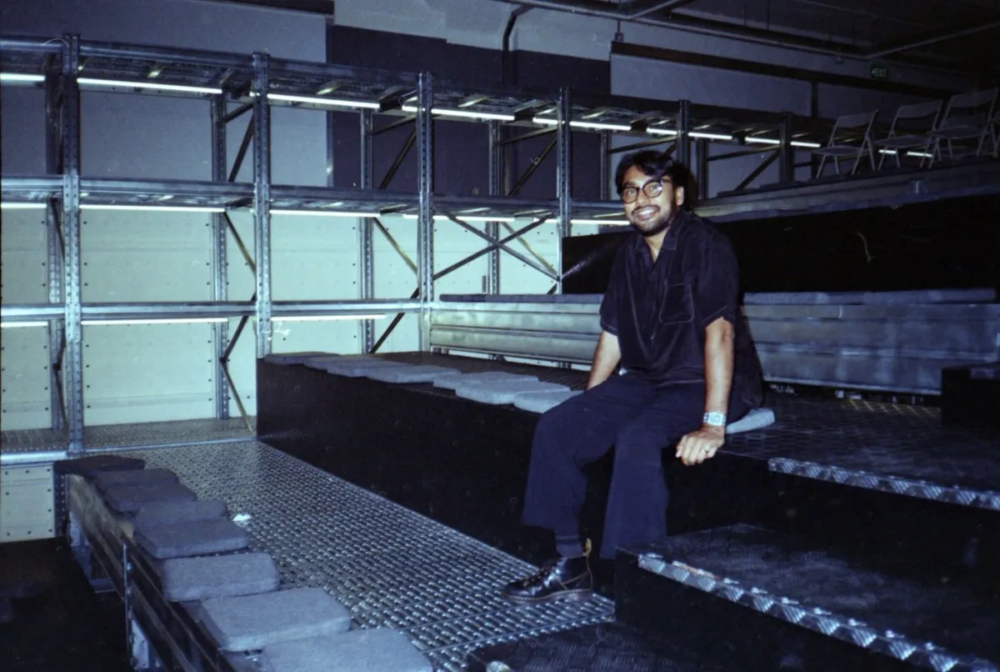
The Soundtracks of the Runways – How Music Becomes a Tool for Storytelling
The SS25 fashion weeks were not short of intentional soundtrack choices, reflecting deeper themes within the collections and activating an emerging audience of Gen-Z consumers through music marketing
The Bumpin Setlist of SS25 – starting from the Dior Show directed by Maria Grazia Chiuri
Maria Grazia Chiuri decided that ‘Brat Summer’ was not quite over with the Dior Spring-Summer 2025 collection set to the beat of Charli xcx and Billie Eilish’s Guess. Celebrities like Anya-Taylor Joy, Yseult, and Rosalia were some of the many attendees lip-syncing and grooving to the bratty sounds. The cheeky lyricism of Guess alongside FKA twigs’ emotional introspection of Eusexua reminds us of the complexities of womanhood as Chiuri steps away from the traditional and conservative silhouettes of the French luxury fashion house.
The wrap of the Spring/Summer fashion week has felt like a music festival for fashion. This season was a musical experience with runway soundtracks ranging from Charli xcx for Dior to The Velvet Underground for Celine. Whether for marketing or artistry, the attention has been captured if not for the fashion, then for the art of performance displayed.
Chuiri is influenced by some of the brand’s archival pieces, such as the Amazone dress from Dior’s autumn-winter 1951-1952. The designer’s inspiration for the season was powerful women, including Diana, the goddess of hunting, and Wonder Woman. The direction of the show, which is to be set to a hot beat, compliments her desire to cater to the modern wearer with this collection. The presentations of an almost sporty collection that included leotards, tracksuits, and relaxed tailoring emphasize free movement and a flowing body, much like the selected soundtrack.
Balenciaga – guests received a full course of Demna Gvasalia’s designs to a rendition of Britney Spear’s Gimme More
Stimulated by the sassy summer we’ve had, Balenciaga serves this season on a platter on the longest dining table ever seen, where front-row guests received a full course of Demna’s designs to a rendition of Britney Spear’s Gimme More. The creative director calling to action for fashion to give more in its performance and perspective. Demna shares a handwritten note stating: My early memories of fashion start with me drawing looks on cardboard, cutting them out and making ‘fashion shows’ on my grandma’s kitchen table. Thirty five years later, this show reconnects me to the beginning of my vision. It’s a tribute to fashion that has a point of view.
Demna curates quite the spectacle as models strut in glittering lingerie under fur coats on the same runway where denim pants were repurposed as jacket lapels to maintain the playful and impractical nature of his work. However, part of the designer’s subversive tastes include breaching the fourth wall between high fashion and real life. Demna places iPhones hanging from models’ wrists with the brand’s iconography illuminating the screens, chargers neatly tucked on bag exteriors, and hats, nodding perhaps to chaotic paparazzi shots of celebrities such as Miss Spears in the early 2000s.
Celine’s Hedi Slimane’s musical selection: Femme Fatale, written by Lou Reed and performed by Nico and the Velvet Underground
Celine’s Hedi Slimane’s musical selection, to the tune of Femme Fatale, written by Lou Reed and performed by Nico and the Velvet Underground, brought forth an ambiance that celebrates both women and French aesthetics with a rebellious kick. The show titled Un Été Français comes to life with Slimane’s elegance and the grit of the Femme Fatale.
The designer uses traditional elements of French fashion, such as pleated schoolgirl skirts and twinsets embroidered with sequins and short summer coats. Wrapped together by a black band framing a fringe and bob, one can recall the youth of Françoise Hardy, another designer looking back on women in history to call to in modern times.
Music marketing and the accessibility of high fashion
Fashion shows have become alike to movie premieres, with A-List actors not only having front-row seats but walking the runway as Willem Dafoe and Hilary Swank hit the Miu Miu runway. Even as designers make more accessible fashion that moves with the body or emulates the disarrayed nature of real life, they are still seen only through a screen by most, like a movie separate from the real world.
These shows allude to modern women and modern problems. Still, at the end of the day, they are merely performances that most modern women can only see through a screen, or that will trickle down in a few seasons into their accessible fashion.
The use of songs known by the general public creates an aura of accessibility in fashion and perhaps bridges a deeper understanding between high fashion and regular consumers. In many cases, it goes beyond the stage of the performance and addresses society with questions of what is a modern woman or modern technology and consumption.
Fashion as a storytelling performance through Alexander McQueen’s final show featuring Lady Gaga’s Bad Romance
The Alexander McQueen runway show featuring Lady Gaga’s Bad Romance remains one of the most iconic and irreplicable moments in fashion history. This historic performance was the final show in which designer Lee Alexander McQueen was alive to see his work presented, marking a pinnacle of both his career and his bold, often subversive aesthetic.
The late designer’s final show took place during Paris Fashion Week in 2009, debuting the Spring/Summer 2010 collection. McQueen was granted permission to choose Lady Gaga’s song before its official release, amplifying its raw energy and rebellion in a space where he already stood out. The choice of Bad Romance worked in perfect synergy with the haunting, otherworldly designs McQueen showcased on the runway.
Lady Gaga challenges fashion rules and expectations on red carpets and events
The collection itself presented a mixture of futuristic silhouettes, alien-like shoe designs such as the notable armadillo boots, and patterns that seemed to evoke elements of the digital age—a fitting connection to Lady Gaga’s track, which is all about emotional turmoil and intense, transformative love. At the time, Gaga herself was constantly challenging fashion rules and expectations on red carpets and events with looks that would be talked about in both fashion and music until the end of time. Her music at the time was recognized for pushing boundaries in pop culture, and McQueen’s avant-garde collection echoed those sentiments. It is clear to see the late designer found familiarity and comfort in Gaga’s extreme fashion and musical choices.
The dramatic use of the song enhanced the atmosphere of the show and created an overwhelming sense of urgency and rawness, which Gaga herself brings into the later released music video. The clear synergy between her provocative lyrics and his deeply conceptual designs furthered McQueen’s message about beauty, control, and the darker side of love and fame. The dark themes McQueen often explored in his work were perfectly underscored by Bad Romance. The collection’s distortion, beauty, and technological transformation gave a visceral, unforgettable edge that was only amplified by the musical selection.
All designers, to some extent, aim for this familiarity between the presentation of their work and the bubble they create for that performance. Even a lack of music, as seen in Dilara Findikoglu’s silent fashion show for her SS23 collection, was a communication of her provocative concepts and energy.
Creative Directors are the storytellers of fashion
Creative directors play a critical role in shaping the narrative of collections, fashion shows, and, ultimately, brands. Their responsibilities extend far beyond clothing design; their duty is to curate the entire atmosphere, which includes music, set design, lighting, and the greater storytelling aspect of the presentation. Creative directors are at the helm of every aspect of a fashion show, turning clothing into an experience that speaks to a brand’s identity, cultural relevance, and future vision.
The creative director is responsible for crafting the overall vision and concept of a fashion collection. This involves developing a theme or narrative that will guide everything from the clothing designs to the music and setting. Again, beyond his final show, the late McQueen was famous for his dramatic storytelling through fashion, with each runway show presenting a unique concept, from his exploration of Victorian culture to futuristic and nature-inspired themes. His overarching creative vision provided coherence to the show and the brand’s messaging.
Creative directors are storytellers. They are not only tasked with weaving together fabrics but a cohesive narrative that aligns with the brand’s identity while aiming to grow and push what has been done before with respect to the brand but also themselves as artists. Collections have a storyline that can be political, artistic, or personal. For example, just as with this recent collection, Maria Grazia Chiuri at Dior often infuses feminist themes into her shows, creating a conversation between fashion and social issues.
Creative directors are trendsetters and innovators
Creative directors influence not just their collections but the broader fashion industry. The decisions directors make regarding the silhouettes, colors, and textures will dominate that season but also trickle down in the seasons to come into accessible modes of fashion. Creative directors often re-interpret or subvert established trends, making their vision a form of cultural commentary, as was done with Maria Grazia Chiuri’s Dior collection. Her soundtrack further dictated the pace of the runway and reinforced the collection’s theme.
A creative director is responsible for upholding and evolving the brand’s identity by ensuring that each collection aligns with the brand’s history. Still, they must also push it forward in new and exciting directions. For example, Hedi Slimane transformed Celine, making it a reflection of Parisian youth culture while staying true to its sophisticated roots. In contrast, Virginie Viard maintained Chanel’s heritage of feminine elegance but brought a more subtle, contemporary edge to it.
The emotional experience a creative director successfully creates for both the audience and the broader fashion community is what makes fashion more than fabric and fashion shows more than modeling clothes. The setting, lighting, and even model casting contribute to how a show feels, with the goal of leaving a lasting impression.







